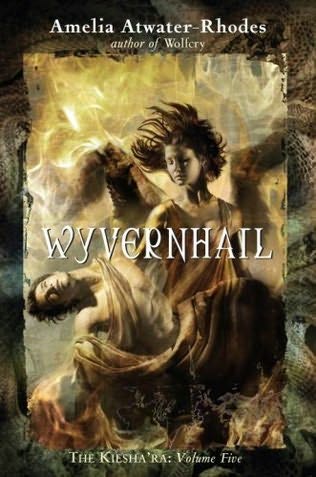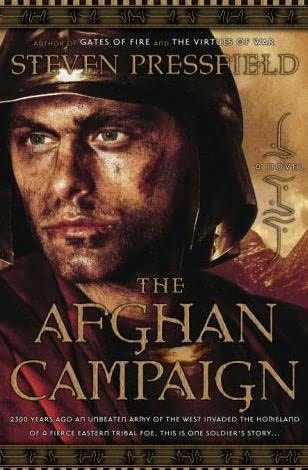
"I don't read books with girl protagonists, unless the girl is kicking butt."
That quote comes courtesy of Myles, a sixteen-year-old boy who has read everything written by Amelia Atwater-Rhodes. When he was younger, he read the Animorphs series regularly. Now, Myles tends to read horror novels about vampires and shapeshifters as well as historical fiction set in Ancient Rome.
Myles and I have had many, many conversations about books. When I asked him if he'd fill out a survey for GuysLitWire, he grabbed the pen and paper I offered and started scribbling away.
Books recently read for fun: The Afghan Campaign by Steven Pressfield, Virtues of War by Steven Pressfield, Snakehead by Anthony Horowitz, Eclipse by Stephenie Meyer, Wyvernhail by Amelia Atwater-Rhodes
Books recently read for class: The Picture of Dorian Gray by Oscar Wilde, Frankenstein by Mary Shelley, Twelfth Night by William Shakespeare, 1984 by George Orwell

Books you want to read: The sequels to all of the books already listed and/or the next book out by those authors
Books you read as a kid: The Animorphs series by K.A. Applegate
Why do you like to read? Because it's fun.
Favorite book genres/topics: All except romance.
Favorite authors: Amelia Atwater-Rhodes, Steven Pressfield, Anthony Horowitz, Barack Obama, J.K. Rowling, Sharon Draper, Margaret Peterson Haddix, D.J. MacHale, Stephenie Meyer, K.A. Applegate, Annette Curtis Klause, Robert Muchamore
Favorite movies: The Kingdom, The Patriot, Last of the Mohicans, Bury My Heart at Wounded Knee, Jumper, the Lord of the Rings trilogy, the Harry Potter movies, Mr. and Mrs. Smith, Transformers, Disturbia, Cry_Wolf, Diary of a Mad Black Woman, 21
Favorite musicians/music genres: Smooth jazz, house, R&B
Myles told me that he plans on reading a lot of books this summer. The Pressfield books have furthered his interest in ancient history, and he's on a roll with those. He is going to check out some more fantasy and horror books as well.
Thanks for being our first surveyed teen, Myles!
Click here to catch up with Myles two years later, as a senior.



















